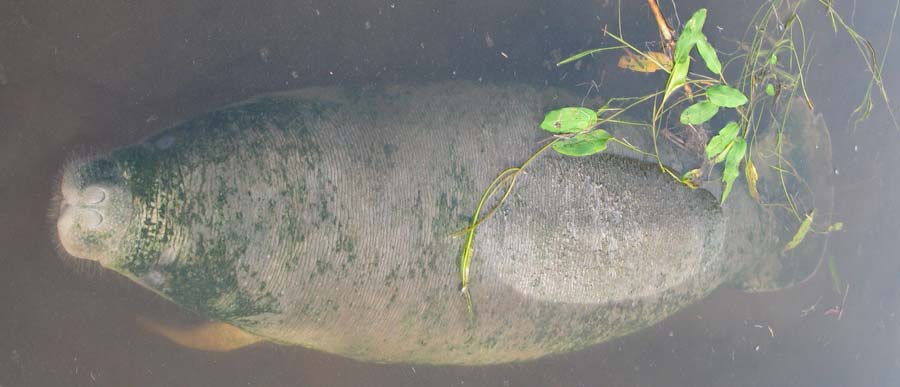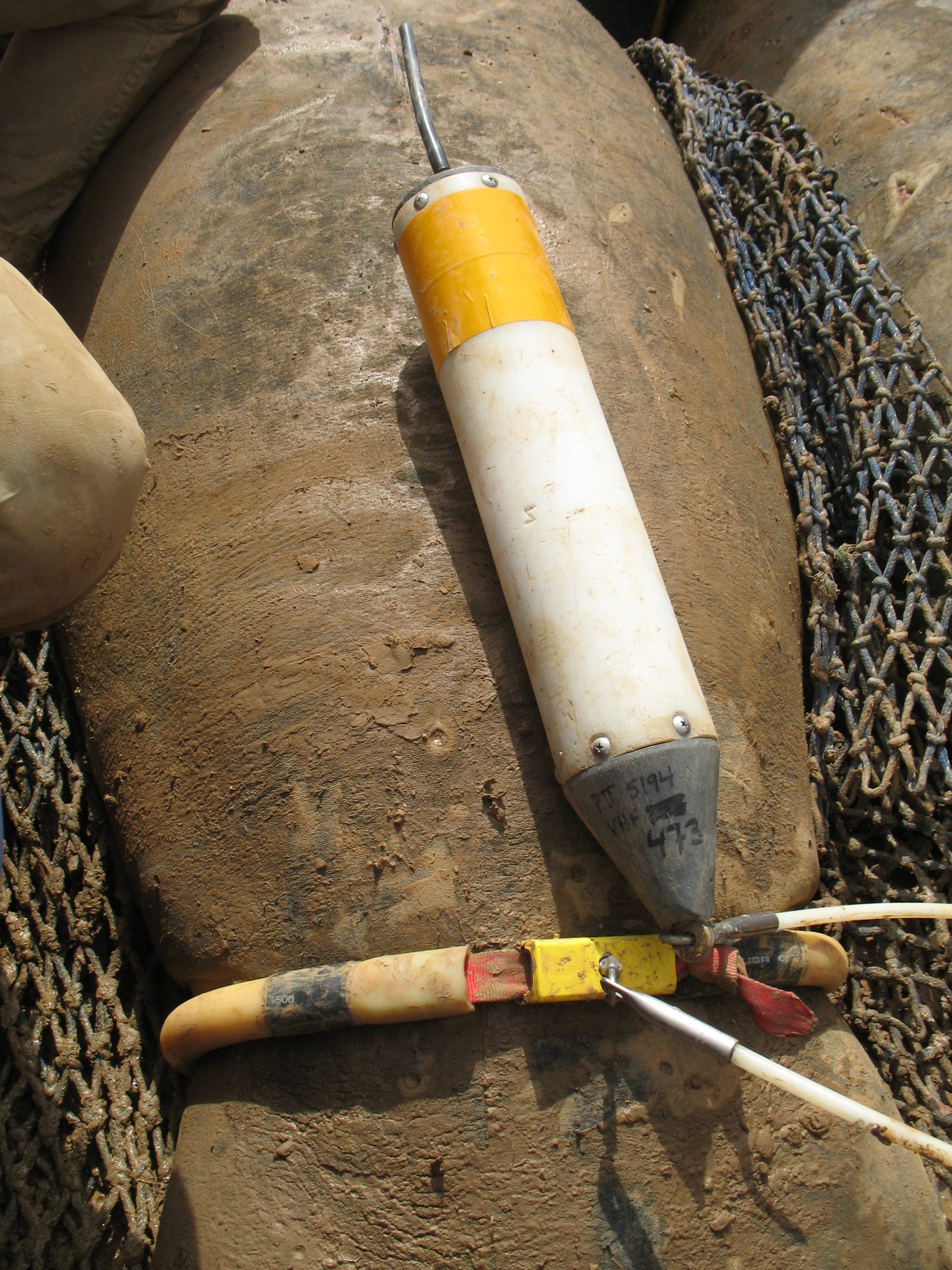← Back
Manatee tracking study highlights the problems of dams in Africa

Manatees can live in rivers. However, in Africa, dams have been built over rivers, so that mitigation and modifications should be made to let the manatees come and go with the wet and dry seasons. A study examines this in the Senegal River.
Manatees are marine mammals living in coastal and fresh shallow waters. They are related to the dugongs (see Dugong movements and habitat use in coral reef lagoons), and about as threatened. One of the differences is that manatees regularly use freshwater habitats, whereas dugongs are exclusively marine. However, few telemetry studies have focused on manatees in freshwater environments.
African manatees
The African manatee (Trichechus senegalensis) is difficult to observe, since its habitat is mostly turbid water, in remote areas over several countries. This species ranges the widest variety of habitats of any sirenian, including rivers in equatorial rainforests, coastal lagoons and estuaries, offshore islands in the Atlantic Ocean, and rivers in the western Sahel. Their coastal populations ascend rivers in the rainy season and descend them in the dry season.
The building of dams starting in the 1980s have isolated populations in many rivers, even though manatees have been seen using the floodplains and flooded forests as habitat during the wet season. During the dry season, however, individuals trapped behind a dam have been observed, including some drown.
Tracking African manatees around Senegal River

Argos PTT attachment through a tether by a belt to the caudal peduncle of a female African manatee (photo credit L. Keith-Diagne)
Five African manatees were rescued after being trapped behind the Navel Dam in a small portion of a Senegal River tributary. Three adult manatees (two males, one female) among them were fitted with Argos/VHF PTTs and released. They were monitored remotely by Argos afterwards. They moved over more than 300 km along the Senegal River, both down- and up-stream of the release site.
The two male manatees have been tracked for 3 months. They lose their tags, it seems, because they became entangled in fishing gear. The tag attachment belt broke at its weak links (as designed to), allowing the manatees to escape. The third tag, on the female, had emitted for nearly 11 months (325 days).
Locations for all three equipped manatees. The Navel Dam behind which they were found and rescued is near Matam; Senegal River is flowing on this area from South-East to North-West. (from [Keith-Diagne et al., 2021]) |
Locations for the two males (A,C) with habitat use (50 and 90%) for the dry season. (from [Keith-Diagne et al., 2021]) |
Locations for the female (D), including the six long-range trips. (from [Keith-Diagne et al., 2021]) |
The two males both went North at some point (over 180 km), probably to a feeding ground (near Dongui Donbi). The female made several long-range trips (each over 135 km), staying a very short time at the same destination, possibly searching for likely feeding areas. The female took benefit of the seasonal flood to move out of the river proper and over the floodplain (the male tracking were not during the wet season, so only the main riverbed was underwater).
Adapting dams
The movements of the tracked manatees are probably linked to food resources with different sites during wet and dry seasons.
The rescue of the manatees tracked afterwards shows that dams can be a major problem to the species. Care thus should be taken so that they are not trapped by grates and drown, and adjustment may be thought of in advance for future projects.
Reference & link
- Lucy W. Keith-Diagne, Pablo Fernandez de Larrinoa, Tomas Diagne, and Luis Mariano Gonzalez , 2021: First Satellite Tracking of the African Manatee (Trichechus senegalensis) and Movement Patterns in the Senegal River, Aquatic Mammals, 47(1), 21-29 https://doi.org/10.1578/AM.47.1.2021.21
- African manatee research
Main photo: a calf manatee (credit L. Keith-Diagne)
